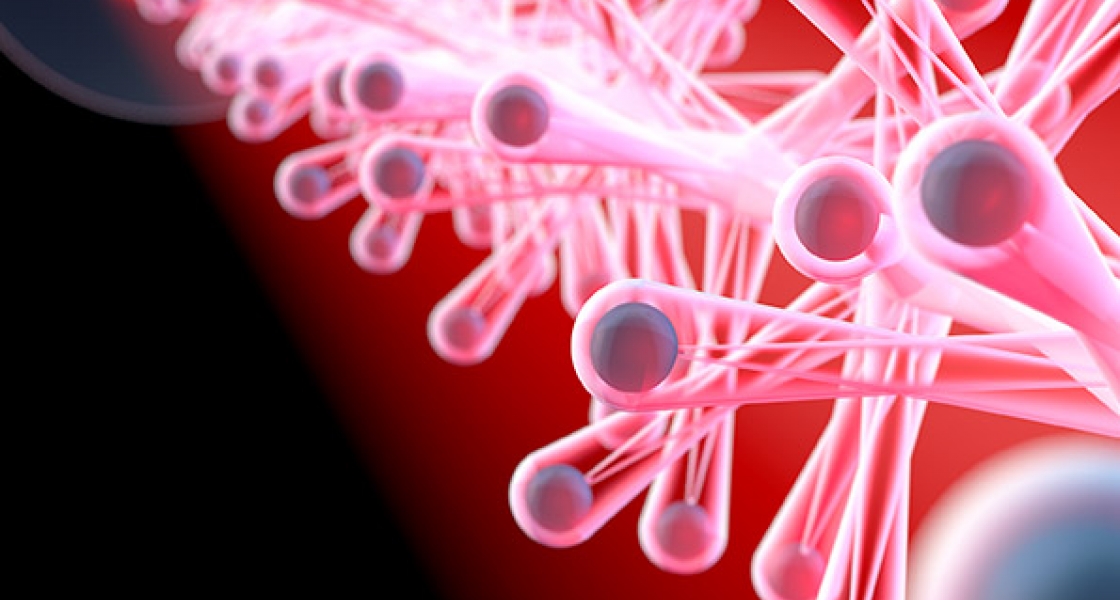Research associate Shimon Kolkowitz and his colleagues in the Ye group and Rey theory group have developed a powerful new way to experimentally simulate the complex behavior of electrons in solids. In these experiments, the team uses its strontium lattice optical clock not to track time, but to take advantage of the ultracold atoms in the clock mimicking the quantum behavior of electrons in a lattice of metal atoms. Because the ultracold atoms in the clock can be controlled and measured so much more precisely than electrons in a solid, the electron simulator based on the clock can provide information that cannot be obtained directly from the solids or electrons. The team’s secret is coupling the motion and internal states of strontium atoms via their interactions with laser light. These innovative clock experiments will not only improve traditional timekeeping applications, but also could one day lead to brand-new materials or contribute to the design of reliable and robust quantum computers.
The advantages of the clock setup for reaching such long-term goals include not only precision control of the quantum states in each atom, but also novel measurement techniques and the ability to perform experiments without heating up and losing atoms––processes that could mask interesting physics. The use of the clock is expected to make it possible for the group to investigate the physics of single strontium atoms as well as the complex phenomena that occur when interactions between those atoms are introduced into the experiment.
In the clock, strontium atoms play the role of electrons in a solid. The atoms are confined in stacks that look like pancakes with laser light, which uncouples their motion from their internal states. This decoupling is what makes the device such a good clock.
However, in the new experiment the group allows the atoms, which are the analogs of the electrons in solids, to “hop” from pancake to pancake. The hopping motion of the atoms between pancakes is a quantum effect that happens via quantum tunneling. Quantum tunneling allows the atoms to pass through energy barriers rather than climbing over them.
“The atoms move from site to site on the lattice (a crystal of light created by the laser), and that’s a lot like the physics you get in a solid like a metal or other material where electrons move around in a periodic crystalline structure,” Kolkowitz explained. This means the new clock experiment can simulate some of the same physics you find in solids, including the Rey theory group’s prediction of spin-orbit coupling, in which the motion of atoms becomes correlated with their spin.
Thus far, the group has been able to “see” some interesting physics in their experiment, including spin-orbit coupling and another interesting behavior called Bloch oscillations, in which the strontium atoms appear to slosh back and forth under certain conditions.
The researchers were also able to simulate more exotic physics with this system. They saw the atoms moving in what physicists call “chiral currents.” Chiral currents go around the edge of a material, such as one of the pancakes, either clockwise or counterclockwise. Under the right circumstances, they are predicted theoretically to be robust enough to create a kind of superconductivity, which the researchers are hoping to observe when atomic interactions are introduced into the experiment.
The researchers responsible for the theoretical and experimental work leading up to this exciting, new optical-lattice-clock experiment include Kolkowitz, graduate students Sarah Bromley, Tobias Bothwell, and Andrew Koller, research associate George Marti, former senior research associate Michael Wall, former research associate Xibo Zhang, and Fellows Ana Maria Rey and Jun Ye.––Julie Phillips



 The Physics Frontiers Centers (PFC) program supports university-based centers and institutes where the collective efforts of a larger group of individuals can enable transformational advances in the most promising research areas. The program is designed to foster major breakthroughs at the intellectual frontiers of physics by providing needed resources such as combinations of talents, skills, disciplines, and/or specialized infrastructure, not usually available to individual investigators or small groups, in an environment in which the collective efforts of the larger group can be shown to be seminal to promoting significant progress in the science and the education of students. PFCs also include creative, substantive activities aimed at enhancing education, broadening participation of traditionally underrepresented groups, and outreach to the scientific community and general public.
The Physics Frontiers Centers (PFC) program supports university-based centers and institutes where the collective efforts of a larger group of individuals can enable transformational advances in the most promising research areas. The program is designed to foster major breakthroughs at the intellectual frontiers of physics by providing needed resources such as combinations of talents, skills, disciplines, and/or specialized infrastructure, not usually available to individual investigators or small groups, in an environment in which the collective efforts of the larger group can be shown to be seminal to promoting significant progress in the science and the education of students. PFCs also include creative, substantive activities aimed at enhancing education, broadening participation of traditionally underrepresented groups, and outreach to the scientific community and general public.